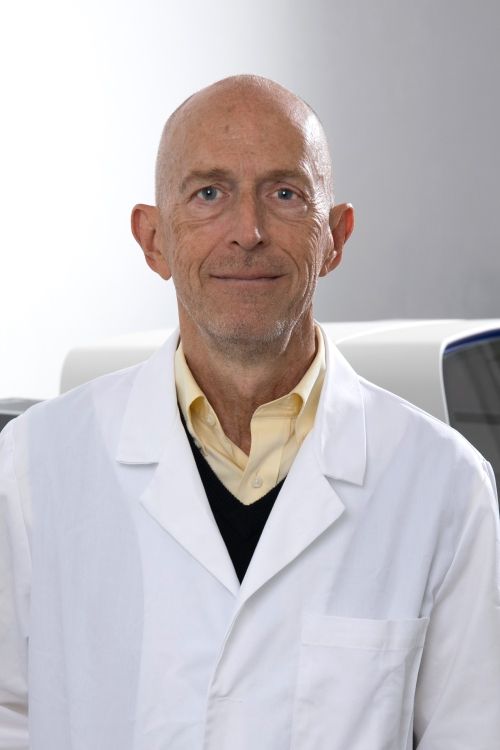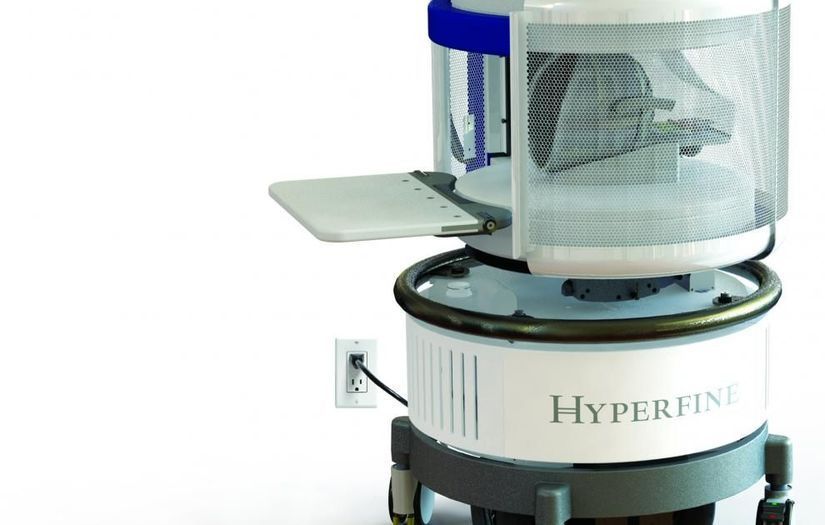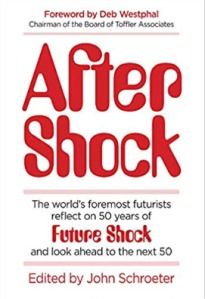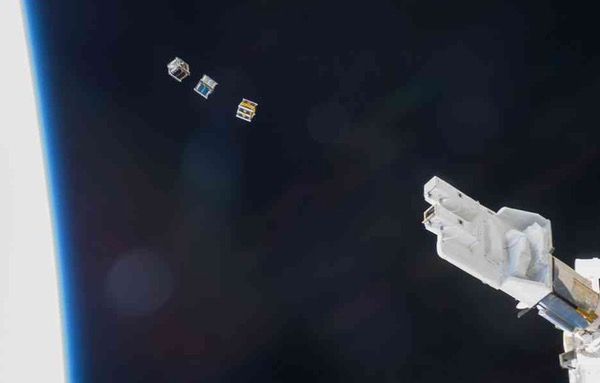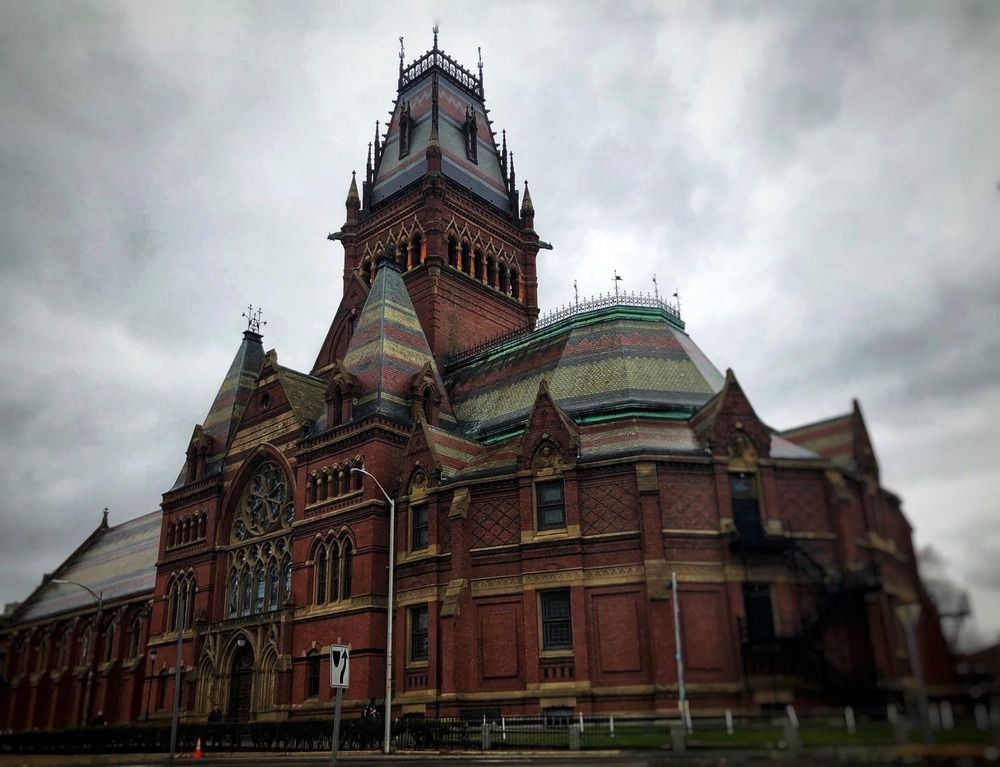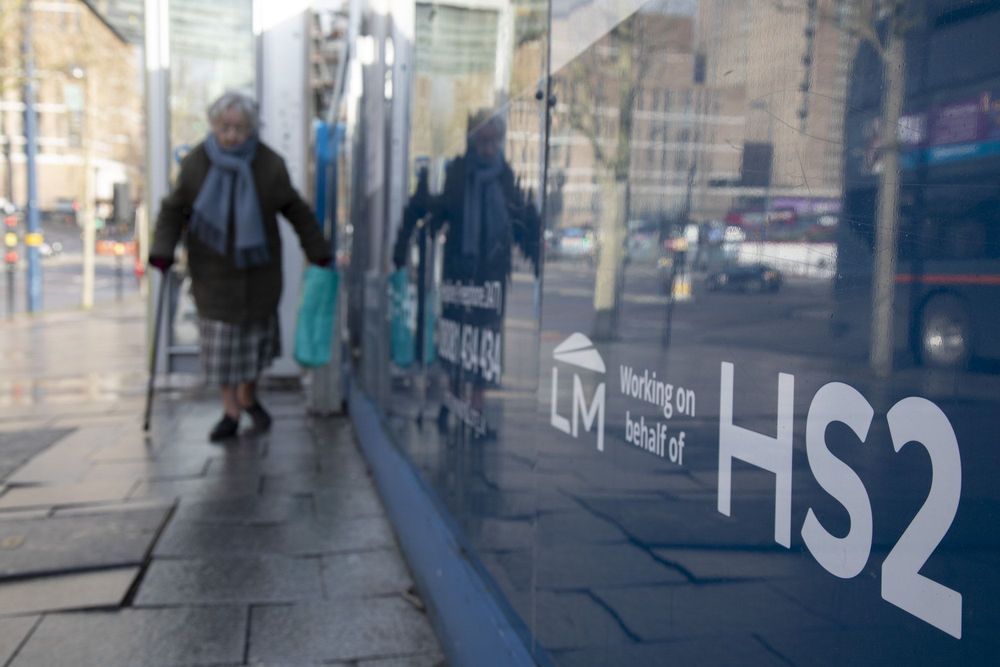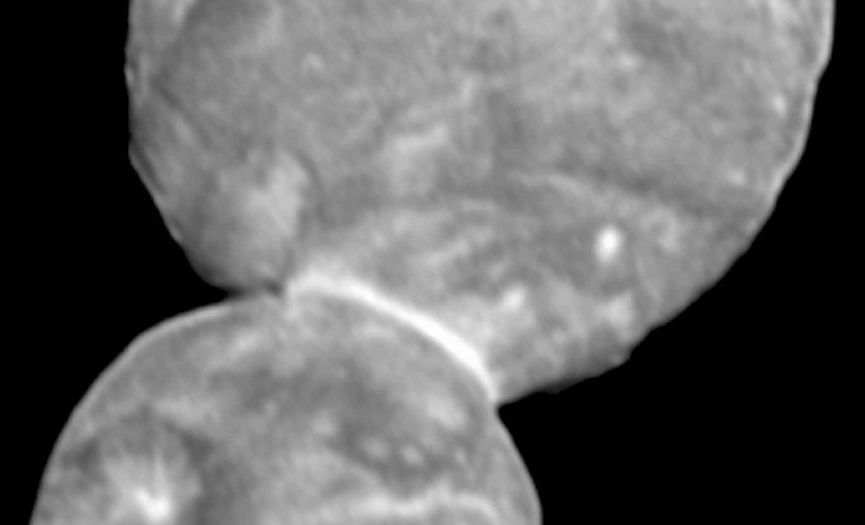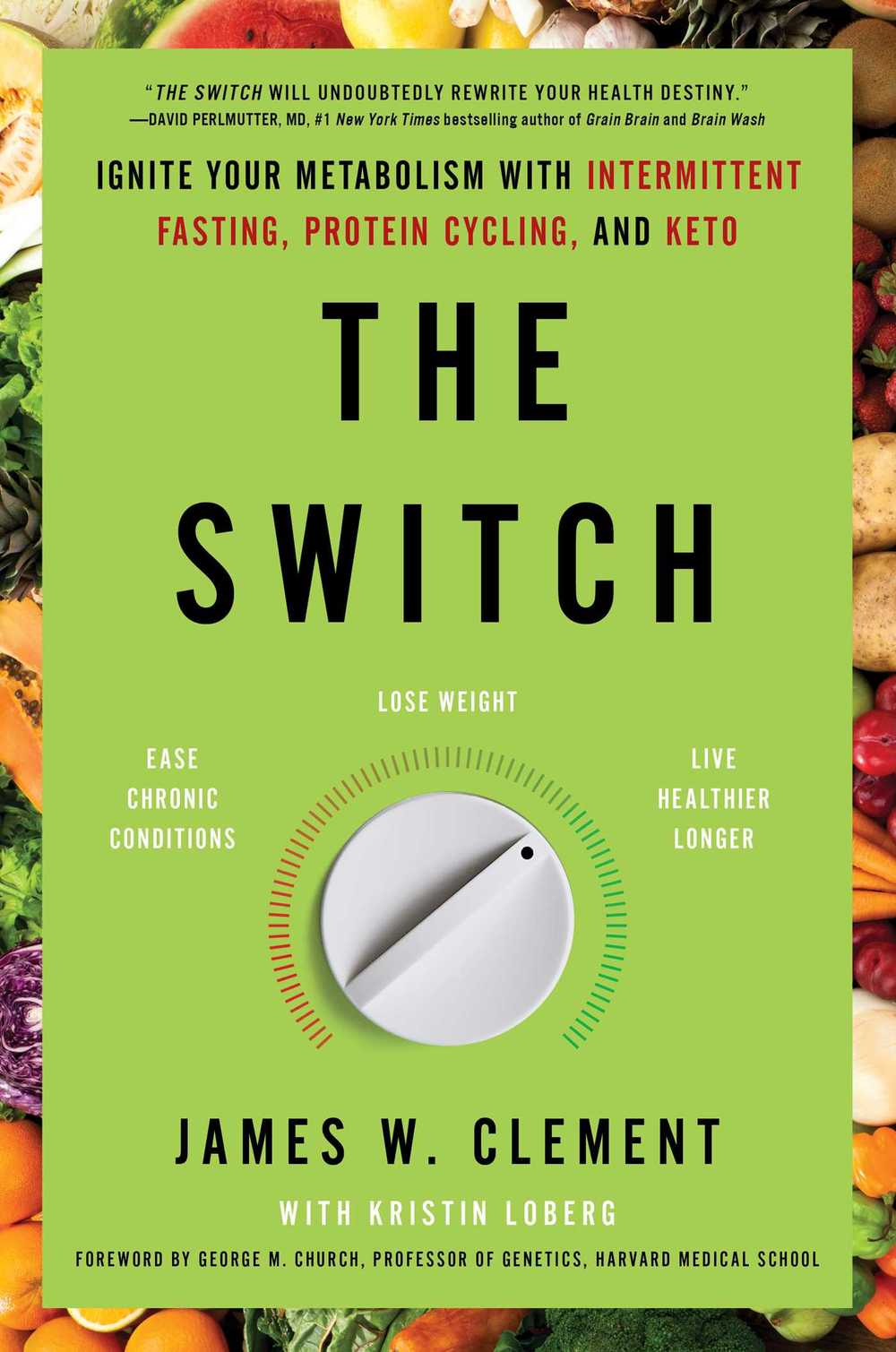
James W. Clement is a longevity researcher who was the 12th person on the planet to have his DNA sequenced. In 2010 James launched his Supercentenarian Research Study, which he started in 2010 with Professor George M. Church of Harvard Medical School. Since then Clement has read 20,000 medical research papers on longevity and has acquired one of the largest DNA databases of supercentenarians, the youngest of whom is 106 years old. Most recently James W. Clement is the author of the Switch: Ignite your metabolism with intermittent fasting, protein cycling, and keto. Finally, I know James personally and have gone to visit his previous research lab in Apple Valley, California, so I can honestly say that he is among the most humble humans and the hardest-working longevity researchers that I have ever seen. I have learned a lot from Clement and I hope you do too.
During this 2 hour interview with James W. Clement, we cover a variety of interesting topics such as: Clement’s journey from being a lawyer to becoming a full-time longevity researcher; the name and story behind Better Humans; why James is a transhumanist; why we have to first make it to 100 before we start taking “magic pills”; the switch between mTOR and autophagy; the importance of intermittent fasting, its time and duration; the connection between gut bacteria and dopamine; why the biggest problem of our diet is the overconsumption of both dairy and meat; protein cycling and why we can’t sustain autophagy indefinitely; the dangers of coconut oil; why all centenarian blue zones in the world eat high-carb diets and why we should try keto.
My favorite quote that I will take away from this interview with James W. Clement is:
